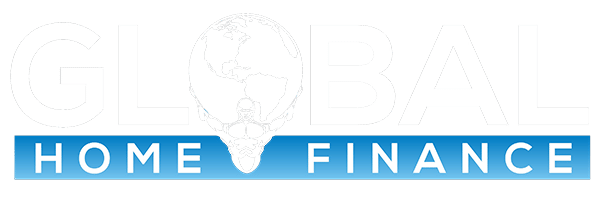
Fixed Rate Mortgages
With a fixed-rate loan, your payment remains the same for the life of your loan. The way that amortization works on a fixed rate loan is the longer you pay, the more of your payment goes toward principal. The only way your total payment would vary is if you escrow. Your monthly payment for property taxes may go up, or rarely, down, and your insurance rates might vary as well. Generally speaking, payments on a fixed-rate loan will increase very little year to year if you escrow. The total amount due for principal and interest payment due monthly will not change. The split of that total amount paid to principal will increase and the amount going to interest monthly will go down as the term of the loan nears completion.
When you first take out a fixed-rate loan, the majority the payment is applied to interest. As you pay on the loan, more of your payment is applied to principal. For a free amortization schedule please contact one of our licensed Residential Mortgage Loan Originators.
Borrowers might choose a fixed-rate loan to lock in a low interest rate. People choose these types of loans when interest rates are low and they want to lock in this lower rate. If you have an Adjustable Rate Mortgage (ARM) now, refinancing into a fixed-rate loan can offer more monthly payment stability. If you have an Adjustable Rate Mortgage (ARM) now, we can assist you in locking a fixed-rate at a good rate. Call Global Home Finance Inc. at 972-724-3222 to discuss how we can help.
Adjustable Rate Mortgages
Adjustable Rate Mortgages — ARMs, come in many varieties. ARMs usually adjust every six months or every year, based on various indexes like the LIBOR, COFI or CMT Indexes. These indexes can be looked up at any given time so you can see what the fully indexed rate would move to when your ARM is due to adjust. Most Fannie Mae and Freddie Mac loans now are based on LIBOR or London Interbank Offered Rate. The one year LIBOR is the most common index for hybrid ARM mortgages. The Fully Indexed Rate on an ARM is determined by adding the index with a Margin which is typically 2.25% for Fannie Mae Hybrid Arms to arrive at the fully indexed rate.
Most programs feature “caps” that protect you from sudden monthly payment increases. There may be a cap on how much your interest rate can go up in one period then another for the life of the loan. For example: no more than two percent per year, even if the underlying index goes up by more than two percent. Your loan may feature a “payment cap” that instead of capping the interest directly, caps the amount that the payment can increase in one period. The majority of ARMs also cap your interest rate over the duration of the loan period called a lifetime cap and is usually about five percent over start rate. This helps to control the risk with this type of product.
ARMs most often feature the lowest rates toward the start of the loan. They guarantee the lower rate for an initial period that varies greatly. You’ve probably read about 5/1 or 3/1 ARMs. In these loans, the introductory rate is set for three or five years. After this period it adjusts every year. These types of loans are fixed for 3 or 5 years, then adjust. These loans are usually best for borrowers who expect to move in three or five years. These types of adjustable rate programs are best for people who plan to move before the initial lock expires. If you decide that you don’t want to move you can always refinance.
Most borrowers who choose ARMs choose them because they want to get lower introductory rates and payments and don’t plan to stay in the home longer than the introductory low-rate period. The main risk with ARMs is when housing prices go down. Homeowners could be stuck with rates that go up when they can’t sell their home or refinance at the lower property value.





Recent Comments